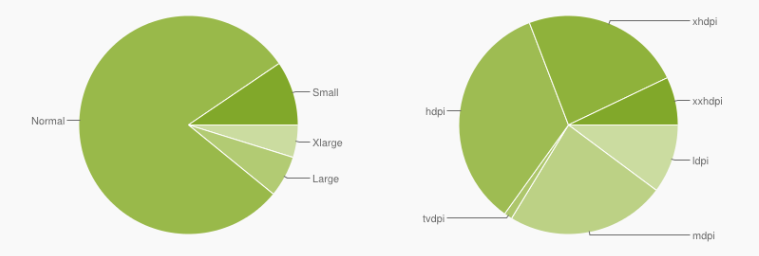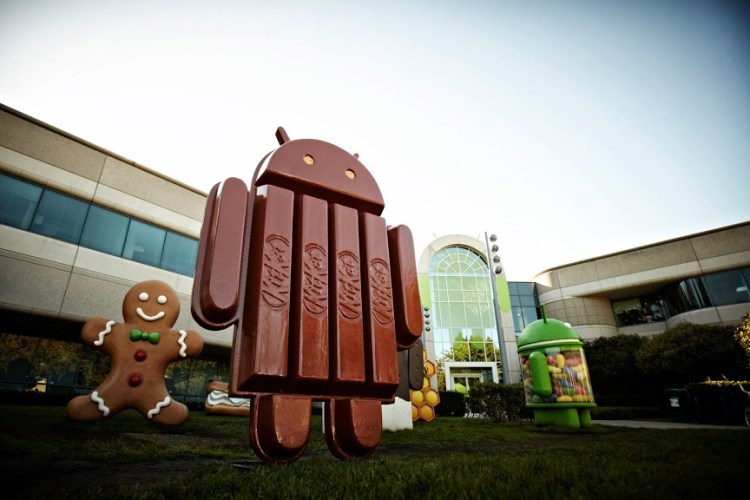Just days after announcing the next version of Android, KitKat, and telling the world that a billion Android devices have been activated, Google updated what used to be Android’s dirty little secret: fragmentation between various versions of the mobile operating system.
And Android has never looked more unified.
Almost half of activated Android devices now run Google’s current most-recent Android version, Jelly Bean. 43.1 percent, in fact, are on Jelly Bean, significantly up from last month’s 37.9 percent. Of the rest, 30.7 percent are on Gingerbread, down from 34.1 percent last month, and the older Ice Cream Sandwich is down to 21.7 percent.

There’s still much more fragmentation in the Android universe than in iOS, of course, where Apple has only ever released a handful of models and users typically update their phones very quickly. But the latest numbers, released this evening by Google, show significant improvement. And that’s good for developers, who have to build apps that work on as wide a range of devices as possible.
One change that Google made today is that versions older than Froyo (Android 2.2) are no longer included in the Android operating system numbers.
That looks like cheating to make Android look better, until you realize that these devices add up to just about 1 percent of all Android phones and tablets that check in to Google servers. Google made the change, the company says, because operating system version information is now being gathered from the Google Play Store app, which is only supported in Android 2.2 and above.
Of course, there’s still a vast multiplicity of devices in the Android universe.
Still, almost 80 percent of Android devices are what Google calls “normal” size, around the 7″ size, while only 6.1 percent are large, at 10″, and just 4.8 percent are “extra large.” Even so, the range of screen resolutions has more variation. For example, Google classifies 33.6 percent of “normal-sized” Android devices as high-density pixel devices, 23.1 percent as extra high density, and 7.1 percent as extra extra high density.
 One piece of good news for game designers and other for whose apps require significant visual complexity: 99.8 percent of Android devices support OpenGL 2.0 and 1.1.
One piece of good news for game designers and other for whose apps require significant visual complexity: 99.8 percent of Android devices support OpenGL 2.0 and 1.1.
One problem with the slowly improving state of Android fragmentation? Google new KitKat is just around the corner, and will start chipping away at those Jelly Bean numbers as device manufacturers and mobile carriers struggle to update to the latest and greatest in Android.


